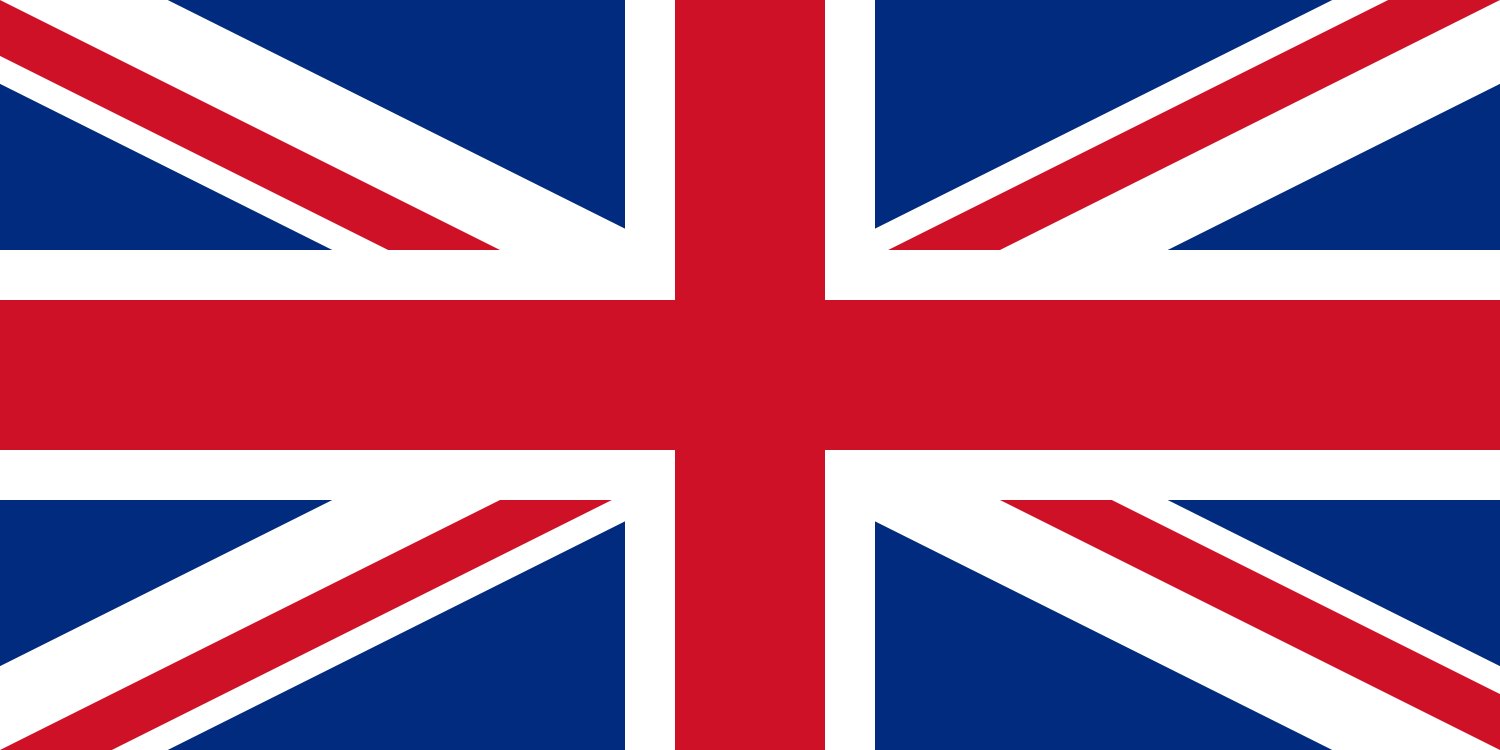The government program that incentivizes research with a tax credit or cash payment
Businesses that take advantage of this federal tax incentive program can fund innovations that will drive growth and give them an advantageous market position. Businesses can also borrow against their SR&ED claim (up to 80 per cent of the value), which can allow faster growth than their competitors with all the advantages that entails.
The SR&ED benefit comes in the form of a direct cash payment, or tax credits. The process of applying for SR&ED credits requires lots of detailed information about your business’s research activities, as well as supporting documentation.
The CRA may reject applications that don’t meet its criteria, so many businesses use an SR&ED claims consultant to ensure their claim process goes smoothly.
What is the advantage of claiming for SR&ED?
By claiming the SR&ED benefits, your enterprise can get a refund on up to 35% of your eligible expenses if they are less than $300million or 15-20% if they are more than $300million.
The Canadian SR&ED scheme is intended to stimulate scientific and technological research in Canada. Such research and development work could in itself give your organization a competitive advantage in your sector. SR&ED can help your organization improve its technologies, products and processes so that you can meet your business goals faster than you otherwise might.
The SR&ED benefit is also intended to help small Canadian firms and start-ups get up to speed rapidly so that they can innovate and prosper sustainably and resiliently.
The CRA pays out between $3billion and $4billion each year to Canadian businesses in SR&ED credits and payments. Make sure you don’t miss out on this key benefit that drives innovation!
How do I claim SR&ED benefits for my business?
Once you have filed your business’s income tax form, you can start your claim for SR&ED.
First you should check whether your activities are valid under the program.
Your application will include a detailed explanation of your SR&ED project or projects, including the methods you are using to research and what advancement you are aiming for.
You will also need to say how much you want to claim, and explain how you’ve calculated your SR&ED expenses.
Some claims get picked by the CRA for review. If that happens to your application, reviewers will visit your site to verify the costs before it accepts your claim and awards your SR&ED credits. An SR&ED claims consultant can support your organization through this process.
Expert support with your business’s SR&ED claim
The CRA rejects claims that do not meet its criteria – including strict deadlines and documentation requirements. So, there is a good argument for consulting an expert in these claims.
The support of a qualified SR&ED claim consultant will also put your organization in a stronger position should you wish to borrow against your claim.
Your claims consultant can check the documents you are submitting with your SR&ED claim to ensure everything is present. They can also help you to gather the evidence you need to go with your application for SR&ED credits.
Using an SR&ED claims consultant makes it easier for your business to meet the CRA deadlines for applications.
CRA has some services that can help with your claim, and our SR&ED consultants can guide you to these services.
NX Accountants has a team of SR&ED experts who can support your business throughout the claim process to minimize errors and improve your chances of a successful SR&ED claim.
Business activities that qualify for SR&ED
In your SR&ED application, you need to show that the developmental work your organization is doing is related to science and technology. It should be either:
- basic research
- applied research
- experimental development
Basic research is any work that will move scientific knowledge forward without a specific reason. Work that supports basic research – such as mathematical analysis, research, engineering, programming, design, testing, data collection and psychological research are all included under the category of basic research.
Applied research is research that will move scientific knowledge forward with a specific aim in mind.
Experimental development is work that will improve a product, procedure, system or practice to attain technological advancement.
There is some work that definitely doesn’t qualify for SR&ED. Market research doesn’t qualify, and nor does standard data collection, regular testing, nor quality control work. Another area that doesn’t qualify for SR&ED is exploration and extraction of natural resources such as minerals and oil.
If you aren’t sure whether your R&D work would qualify for SR&ED purposes, our experts can advise
Expenditures that can be claimed against SR&ED
Firms applying to the SR&ED program can claim a wide range of expenditures. These might include:
- wages and salaries paid to employees
- overheads
- materials used
- day-to-day costs
- payments to contractors
The program allows applicants to choose one of two methods for calculating their expenses. Businesses applying for SR&ED can opt for the traditional method of calculating their expenses by stating all their overhead costs. Or they can opt for the proxy method by using a mathematical formula to calculate the amount.
Supporting documents and information for your SR&ED claim
Gathering evidence for your SR&ED claim can be a complex process, but you can get guidance from an SR&ED accountant. You will need to support your SR&ED application with documentation, including plans, invoices, financial statements, testing records, samples, contracts etc. These documents are best dated within the activity dates of the SR&ED projects you are claiming for.
A SR&ED consultant can help you collate the relevant documents that will support your business’s SR&ED claim. They can also check the package of supporting documents before you make your claim.



